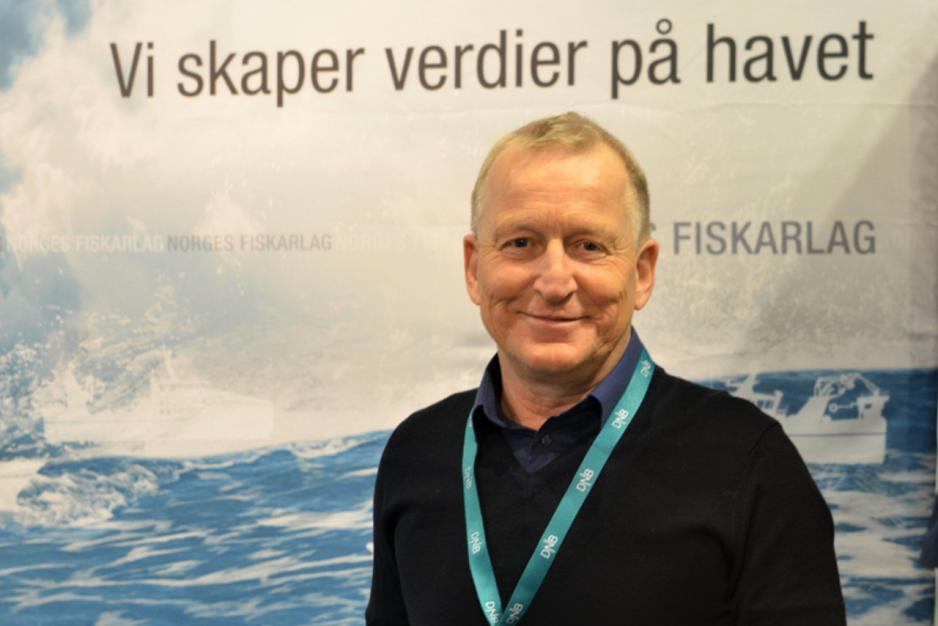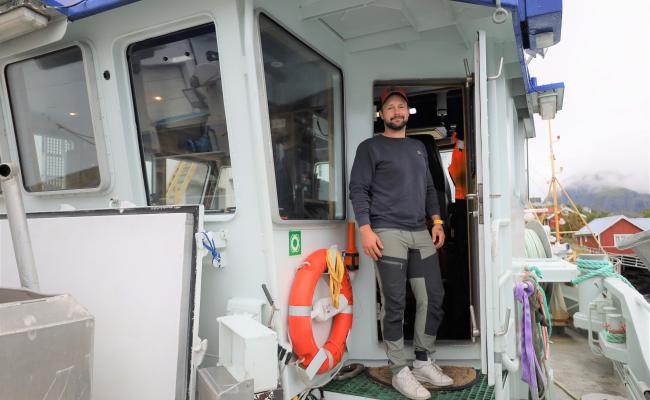Concerns About the Norwegian Cod Quota Situation

The quota for the Northeast Arctic Cod has been suggested to be reduced by 31 percent in 2025. The quota reduction could lead to several layoffs and ship lay ups, which will, in turn, impact the fishery industry and activity in many local communities along the coast. The photo shows the fish landing in Honningsvåg, Northern Norway. (Archive photo: Trine Jonassen)
Next year, the Norwegian cod quota will likely be at its lowest in 30 years. The situation is very serious for major parts of the fishing fleet and particularly dire in the white fish sector, reports the Norwegian Fishermen's Association.
Next year, a major quota reduction for several important fish stocks is expected, and the quota for Northeast Arctic cod will likely be at its lowest since 1991.
"The situation is serious," writes the leader of the Norwegian Fishermen's Association, Kåre Heggebø, in a press release.
The association considers the situation as dire for major parts of the fishing fleet but particularly critical for the white fish sector, in which the total quota reduction will likely be at 25-30 percent next year for cod, pollock, haddock, and Greenland halibut north of 62 degrees.
Layoffs and terminations
"A comprehensive analysis of the fishery industry indicates that we are in a situation with significant consequences for both the profitability of the shipowners and the remuneration of crew members. Some shipowners can face overcapacity and the need to downscale operations by putting ships in lay up and laying off employees for parts of the year," the association adds.
The association also points out that the quota reduction will affect the activity in the fishery industry on land and many fishery-dependent local communities along the coast.
Meeting about the situation
With the quota situation for 2025 as the backdrop, the Fisheries and Ocean Policy Minister Marianne Sivertsen Næss (Labor), met with actors from the fisheries industry last week. The meeting aimed to discuss the situation and gather input on how to lessen the impact of the quota reduction.
The Norwegian Fishermen's Association's input to face the quota reduction is outlined in a letter to the Ministry of Trade and Fisheries. The letter points to the gravity of the situation and the urgency of implementing appropriate and well-functioning regulatory measures to prevent bankruptcies, layoffs, and redundancies in the fishing industry in the time coming.
"The Fishermen's Association demands that such schemes be discussed as soon as possible in consultation with the industry and are operational already from the turn of the year, January 1st, 2025," the letter to NFD states.
Proposes several measures
"The Fishermen's Association is of the opinion that both regulatory measures, adjustments in the tax system, economic measures and schemes for crew members should be assessed in light of the prospects for the coming years for the fishing industry," the letter continues.
Among other things, the association points out the possibility of introducing temporary operating arrangements or other arrangements that give the fleet greater flexibility to adapt to a period of extraordinarily low quota levels on several stocks at the same time.
"Such arrangements can contribute to the fleet's ability to maintain year-round fishing, fishing more efficiently and environmentally friendly and with lower costs. Measures such as temporary operating arrangements will also make a positive contribution in terms of ensuring a smoother and more predictable supply of raw materials to the land industry."

"We are very pleased to have this important meeting now, and we have been asking for a meeting since the early summer when we started receiving strong signals of quota reductions," says Kåre Heggebø, leader of the Norwegian Fishermen's Association. (Photo: the Norwegian Fishermen's Association)
Another possibility involves expanding the current regulations for quota exchange. More specifically, these schemes for example facilitate exchanging quotas within the various fisheries and vessel groups.
The association also emphasizes measures for fishermen who have been laid off, as well as tax exemptions and other economic measures for the fishing fleet. Among other things, they point to how the fishing fleet has been required to pay several fees that constitute a significant part of the operation costs.
"Some of these fees are particularly burdensome for the fleet and should be considered reduced or removed due to the extraordinary situation the fleet faces."
Lower quotas
As High North News has previously reported, the cod quota has been significantly reduced after a record-high 1 million tonnes in 2013. In 2021, the quota was 885,600 tonnes and has since continued to decrease.
For 2024, the quota has been halved to 453,427 tonnes. Norway's part of this quota is 212,124 tonnes.
The total quota for Northeast Arctic cod is distributed between Norway, Russia, and third countries. It is set in the annual fisheries negotiations between Norway and Russia, which will be held later this fall.
The Norwegian Fishermen's Association emphasizes that the quota for Northeast Arctic cod, which constitutes the most significant for many vessel groups, has been suggested to be reduced by a further 31 percent in 2025.
"This entails that the quota will be at its lowest since 1991. The Institute of Marine Research also reports that a quota increase for 2026 is unlikely," writes the association.





